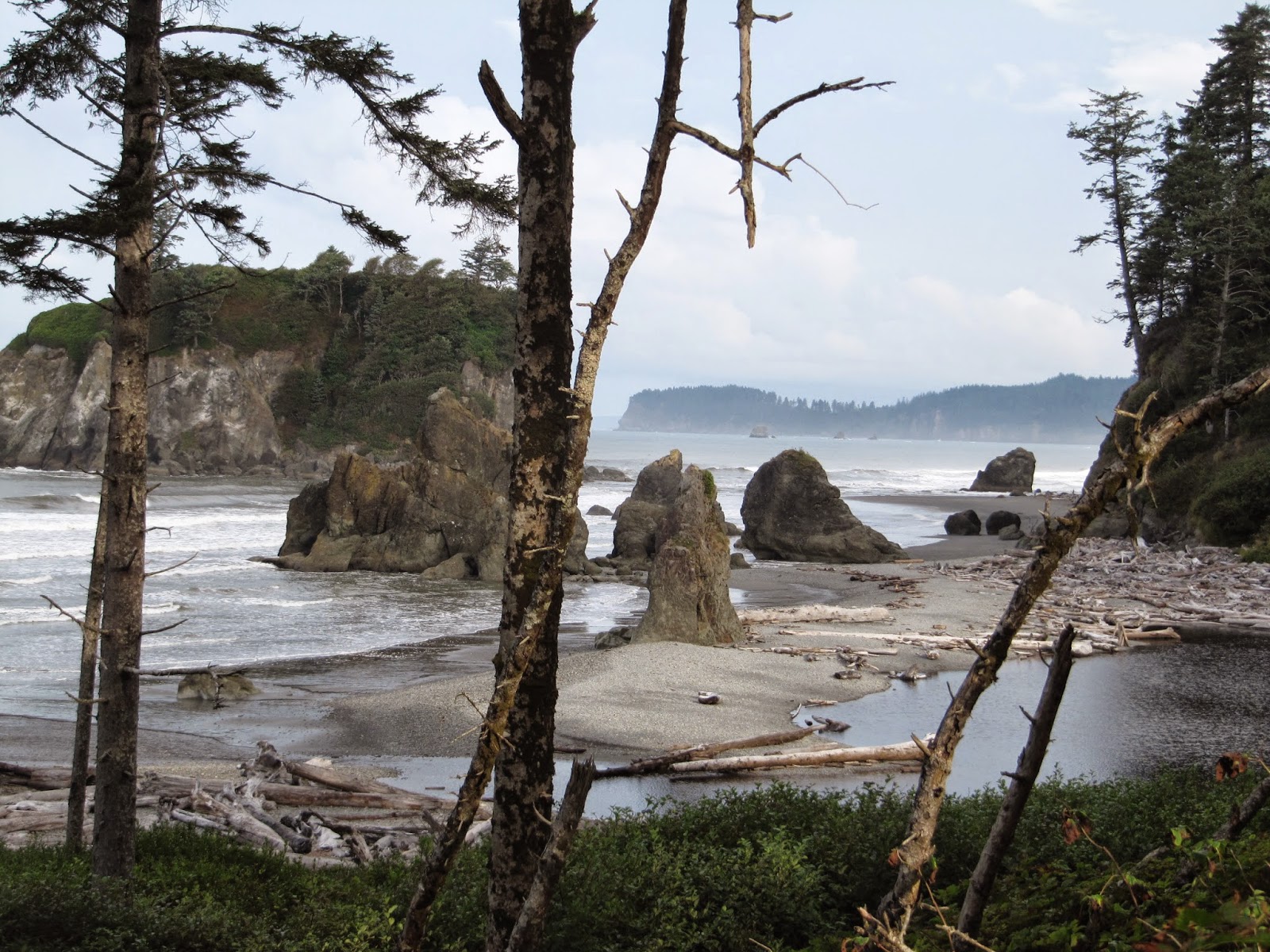 |
| Main Street, Bannack, Montana |
They don’t call them ghost towns for no reason. Perhaps
it’s the emptiness and remoteness; the down-trodden, forlorn appearance; the
riches to rags cycle of these abandoned towns that energizes the imagination.
Or, maybe they really are occupied with the ghosts of the miners, saloon
dancers, renegades, and gamblers living out their unfilled dreams.
Bannack, Montana, in the southwestern corner of the state,
is one of the West’s best preserved ghost towns, and it has more than its share
of reported supernatural sightings and paranormal experiences. Little Dorothy Dunn, who drowned in a dredge
pond, often appears on the second floor balcony of the Meade
Hotel wearing a
long, blue dress. Other ghostly women have been spotted donned in their Sunday
best, along with unexplained happenings including cold spots, door slammings,
and the sound of feet walking across empty, wooden floors. Even the campground
is thought to be haunted.
 |
| Meade Hotel, Bannack |
If ghosts have chosen to occupy Bannack, they have made a
good decision. This old mining camp enjoys a pretty setting in the rolling
hills and ranchlands along Grasshopper Creek. Gold was discovered here in 1862
and a year later, the town sprouted a population of over 3000. It was a
free-wheeling, lawless place where even the town sheriff ended up hanging from
the gallows. Bannack can boast of many Montana firsts: first territorial
capital, first jail, hotel, Masonic Lodge, hard rock mine, saw mill, and brick
courthouse.
Like many mining camps, the supply of gold dried up and
the population moved on leaving the buildings at the mercy of the elements and
vandals. By the 1950s, Bannack was a sad looking collection of collapsing
structures, deserted streets, and tumble-down miner cabins. But, because of its importance in Montana and
Western history, a group of local preservationist set about buying the town and
in 1954 donated the property to the state of Montana who placed it under the
protection of the state parks system.
The buildings have been restored, but kept in a state of
“arrested decay,” creating a town frozen in time, still feeling isolated and
abandoned. Of the 50 or so restored
buildings, the two most impressive are the Meade Hotel, and Masonic Lodge. The
hotel was originally built to serve as the Beaverhead County courthouse and is
the only brick structure in town. When the county seat was moved to the more
prosperous town of Dillon, the building remained empty until purchased some ten
years later by Dr. Meade and converted to a fancy hotel, the center of
Bannack’s social life. Today, peeling wallpaper and a grand, curving staircase
offer only a clue of its plusher past.
 |
| Masonic Lodge |
Across the street is the two-story Masonic Lodge and
Schoolhouse. The Masons, with their emblem of the square and compass still
visible on the building’s façade, occupied the top floor of the structure,
while the first floor served as the public school, grades K-8. It functioned as
the town’s only school for 70 years until closing in the 1950s. The wooden
desks with the empty, round inkwells in the upper-right corner and recessed
slot for pencils should bring back memories for many visitors of a certain age.
 |
| School room |
While fortunate to be under the care and protection of
the state park, Bannack remains exposed to the elements. In July of 2013, a
summer storm dropped nearly an inch of rain in less than an hour creating a
flash flood from Hangman’s Gulch above town. A three-foot wall of water, mud, and debris surged
through the center of town leaving a wide path of destruction. The old Assay Office/General Store was wiped
out, the wooden sidewalks along the main street were washed away, and nearly 80-percent
of the buildings were damaged.
The town had survived over 150 years of ups and downs,
and the flood was just another bump in the road. More than a million dollars and eight weeks
later, Bannack was back in business and accepting visitors once again. The park
is open from the middle of May to the middle of October. There’s a small
visitor center and museum, but the fun of visiting is to wander around the
town, imagining what it was like during the boom years. Most of the buildings
are open for exploring; the only rule is to be certain to close the door firmly
upon departure. One wonders if that is to
keep the ghosts from entering or leaving?






































